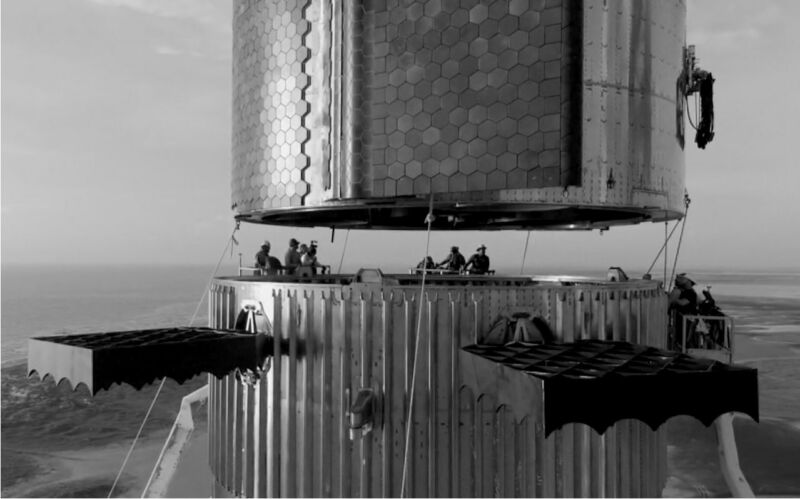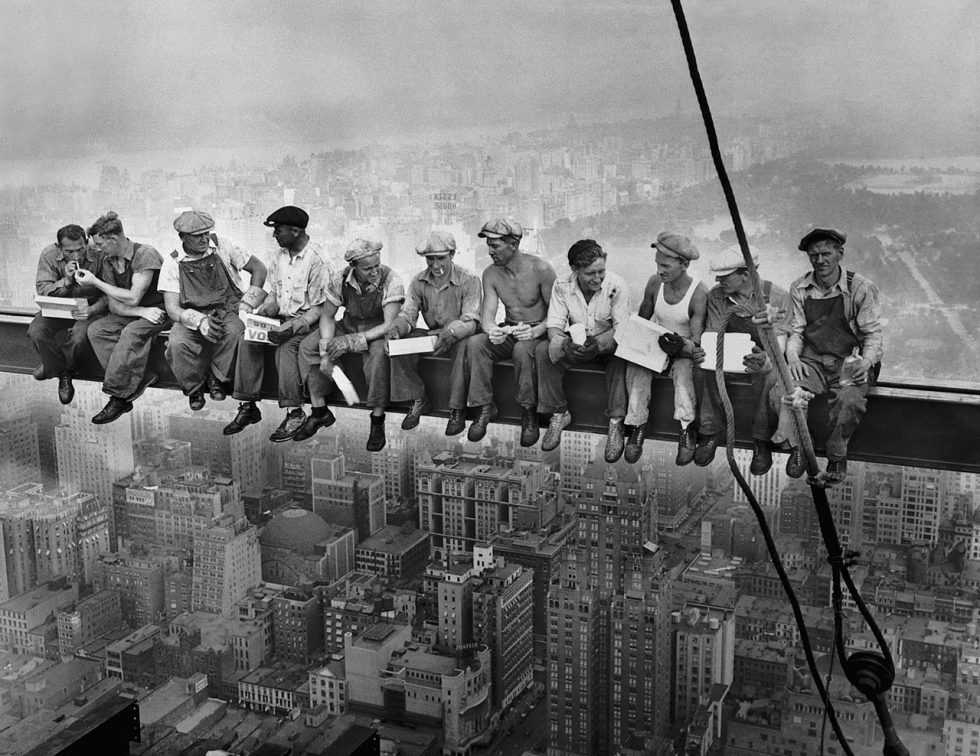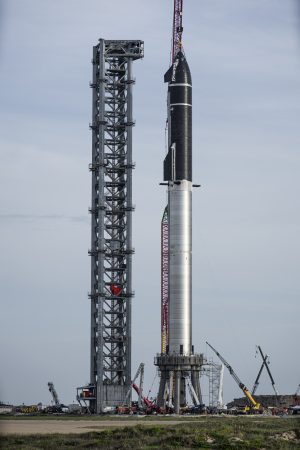
Nearly a century ago, humans built skyward for the first time at an unprecedented rate. It was the age of skyscrapers.
During the half-century before 1920, the US population doubled. At the same time, the Industrial Revolution simmered, reaching a boil as America leaned into World War I and produced the machines and material to fight in Europe. After the war, the population growth and significant gains in industrial productivity led to a dramatic rise in office space needs—from 1870 to 1920, the demand for US office space increased ten-fold.
As a result, with this high demand and cheap financing, skyscraper construction soared during the Roaring Twenties. First the 71-story Bank of Manhattan Trust Building, with 71 floors, went up in New York City. This was followed by the Chrysler Building, with 77 floors, and finally the Empire State Building, with 102 floors.
It was a moment of prosperity and promise in America. Standing at drafting tables, engineers designed these structures using reinforced concrete and daring architectures. Then, everyday laborers built them higher and higher into the sky, eating their lunches in the clouds.

Now, we may be about to do it again.
On Friday, SpaceX technicians and engineers stacked a Starship and its Super Heavy booster for the first time. The full stack measured about 120 meters, or approximately the height of a 30-story building. The only difference? This skyscraper was not secured to the bedrock dozens of meters below its foundation. This skyscraper was meant to fly.
Starship is the tallest rocket ever built, and when it launches later this year or early in 2022, it will be the most powerful rocket ever to fly. The initial Starship may explode on the launch pad. The first stage is powered by an unprecedented 29 rocket engines, after all, and clustering them so close together means that if one engine fails, it may be difficult to contain the failure. And this would be OK, as SpaceX has the capacity to build many more vehicles as Starship iterates closer to a final product.

After this "fit check" was complete on Friday, a large crane removed Starship from atop the Super Heavy rocket. Much work remains ahead before the vehicle will launch. In the near term, more heat shield tiles must be applied to Starship's stainless steel exterior. These are needed to manage heating during atmospheric reentry.
The company also has technical work to do on the extensive ground systems needed to fuel the vehicle. Then, there are myriad tests of the Super Heavy booster itself, including verification of its ability to withstand high pressure and static test firings of the propulsion system.
Perhaps the biggest hurdle of all will be clearance from the Federal Aviation Administration, which is working with SpaceX to conduct an environmental assessment of launching such a mammoth rocket from these South Texas wetlands. After a "draft" of this assessment is published, there will be an approximately 30-day period for public comments. This will be followed by other steps, including a determination by the FAA on whether SpaceX's proposed environmental mitigations will be enough or if more work is required.
On Friday, SpaceX founder Elon Musk sent a clear message to the FAA and other federal regulators. One evocative photo, in particular, drove home his message to anyone watching. It showed workers standing beneath Starship, as it was lowered onto the first-stage rocket. In releasing a black-and-white version, Musk knew exactly what he was doing in harkening back to the age of skyscrapers.
The 21st-century skyscrapers are being built right now, the photo screamed, by modern engineers and welders. Such rockets are not to be found in PowerPoints or wooden mockups any longer. They are living, breathing machines nearly ready to breathe fire.
To the FAA, Musk seemed to be saying, federal regulators must do their part to ensure the future arrives on schedule. Just as the 20th-century skyscrapers marked the beginning of a new era and eventually launched America into a prosperous future of finance, communication, marketing, and more, the 21st century now beckons.
The skyscraper age will soon give way to the space age.
Holding back Starship means holding back this progress, Musk wanted regulators to understand. For no longer does our vision stop in the clouds—it extends far, far beyond them. During the last five decades, humans have begun to explore the Solar System. Now it is time to extend commerce there and settle humans on new worlds. Some people oppose this vision, of course, but Musk is counting on government ultimately being on the side of industry and progress.
And so Musk sent a clear message on Friday, "We are ready," without actually saying anything at all. The photos did all of the talking.
https://news.google.com/__i/rss/rd/articles/CBMicmh0dHBzOi8vYXJzdGVjaG5pY2EuY29tL3NjaWVuY2UvMjAyMS8wOC93aXRoLWEtc2luZ2xlLXBob3RvLXNwYWNleC1zZW50LWEtbm90LXNvLXN1YnRsZS1tZXNzYWdlLXRvLWZhYS1yZWd1bGF0b3JzL9IBeGh0dHBzOi8vYXJzdGVjaG5pY2EuY29tL3NjaWVuY2UvMjAyMS8wOC93aXRoLWEtc2luZ2xlLXBob3RvLXNwYWNleC1zZW50LWEtbm90LXNvLXN1YnRsZS1tZXNzYWdlLXRvLWZhYS1yZWd1bGF0b3JzLz9hbXA9MQ?oc=5
2021-08-09 17:29:38Z
52781787283607
Tidak ada komentar:
Posting Komentar